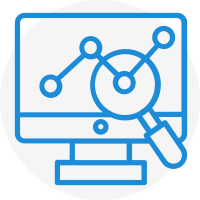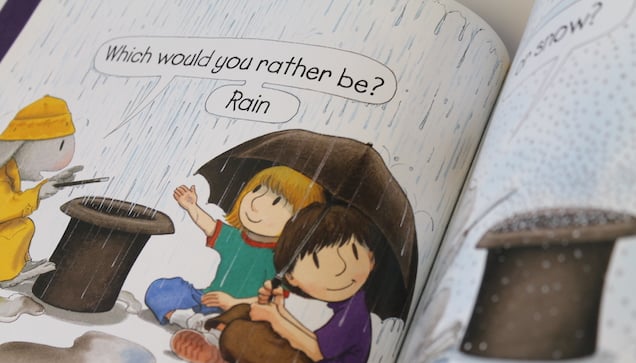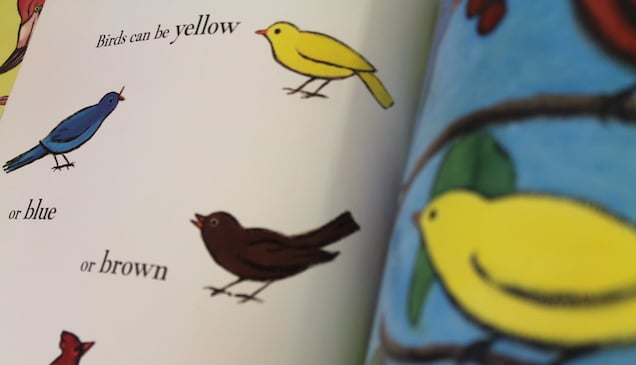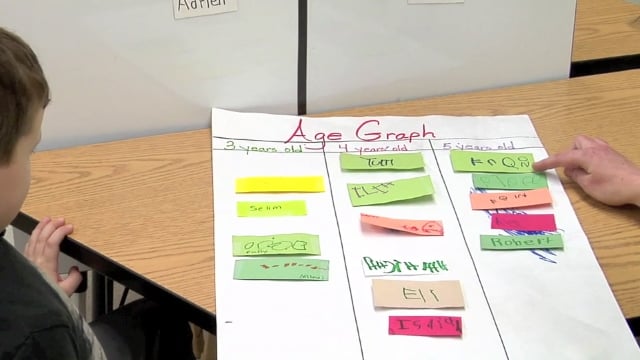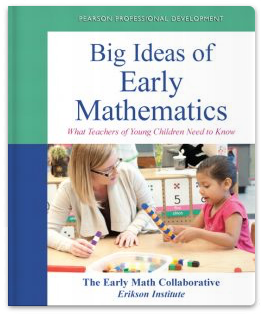Data Analysis
For many early childhood teachers, the words “data analysis” are associated with detailed charts and graphs, computers, and sophisticated ways of analyzing numbers. Other teachers know that data analysis can be very simple, like making a list of items and writing how many you have of each in parentheses, or creating and talking about a bar graph whose bars are higher for snowy than rainy days in the month of January. Whether the process involves specialized statistical software or markers and chart paper, what remains the same is that data analysis gathers information in a quantitative way (how many?), and then organizes it in some way that makes comparison and generalization possible.
Copyright: Erikson Institute’s Early Math Collaborative. Reprinted from Big Ideas of Early Mathematics: What Teachers of Young Children Need to Know (2014), Pearson Education.
Big Ideas
● It is useful to compare parts of the data and to draw conclusions about the data as a whole.
● Data must be represented in order to be interpreted, and how data are gathered and organized depends on the question.
● The purpose of collecting data is to answer questions when the answers are not immediately obvious.
Interested in Book Suggestions?
Browse our favorite children’s books that explore Data Analysis.
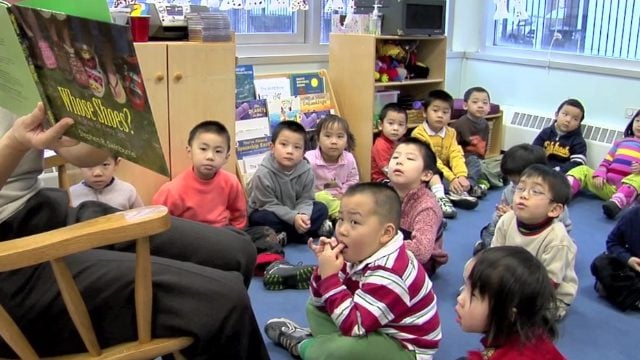
Shoe Graph
In this video, students brainstorm ways to sort their shoes. Later, they graphically organize the data from the sets they created. Allowing children to define their own shoe categories involves them in important mathematical thinking – making sense of a problem and persevering in solving it, and constructing viable arguments and critiquing the reasoning of others.

The Math in Learning Names
Do the children in your classroom know each other’s names? At winter break, are they still pointing to “that girl?” Doing activities in the early weeks of school that use the children’s own names will do wonders for building your classroom community. At the same time, you can be doing math—as well as literacy!

